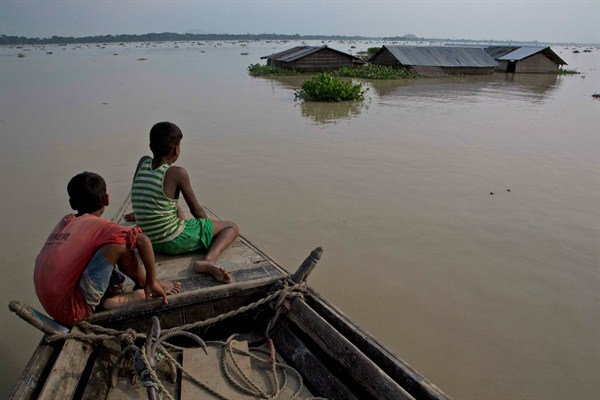Americans have been riveted to the tales of tragedy and human suffering caused by the devastation of Hurricane Harvey in Texas and Louisiana. Half a world away, monsoon season flooding at even more epic levels has resulted in great loss of life, property damage and health challenges for communities in India, Nepal and Bangladesh. The economics and cultural dimensions of the two cases are profoundly different, but the acute policy and governance demands related to climate and resilience are not that dissimilar.
Monsoons in South Asia often produce heart-wrenching images of water-engulfed villages and desperate families seeking shelter and food. Unlike Harvey’s victims, their struggles rarely capture the attention of the rest of the world for more than a day or two.
But this year, the concurrent flooding tragedies trigger some desire to compare and contrast the two situations. It’s easy to assume that wealthy Texas can respond with state and federal resources far more plentiful than what governments can provide in South Asia. And one can posit that South Asians have developed different coping mechanisms, given the frequency of monsoons and the recognized impossibility of protecting the region’s densely populated coastal cities from the ravages of nature. One assumes that there are simply quite different expectations in the two places for relief and reconstruction help from their respective governments.

